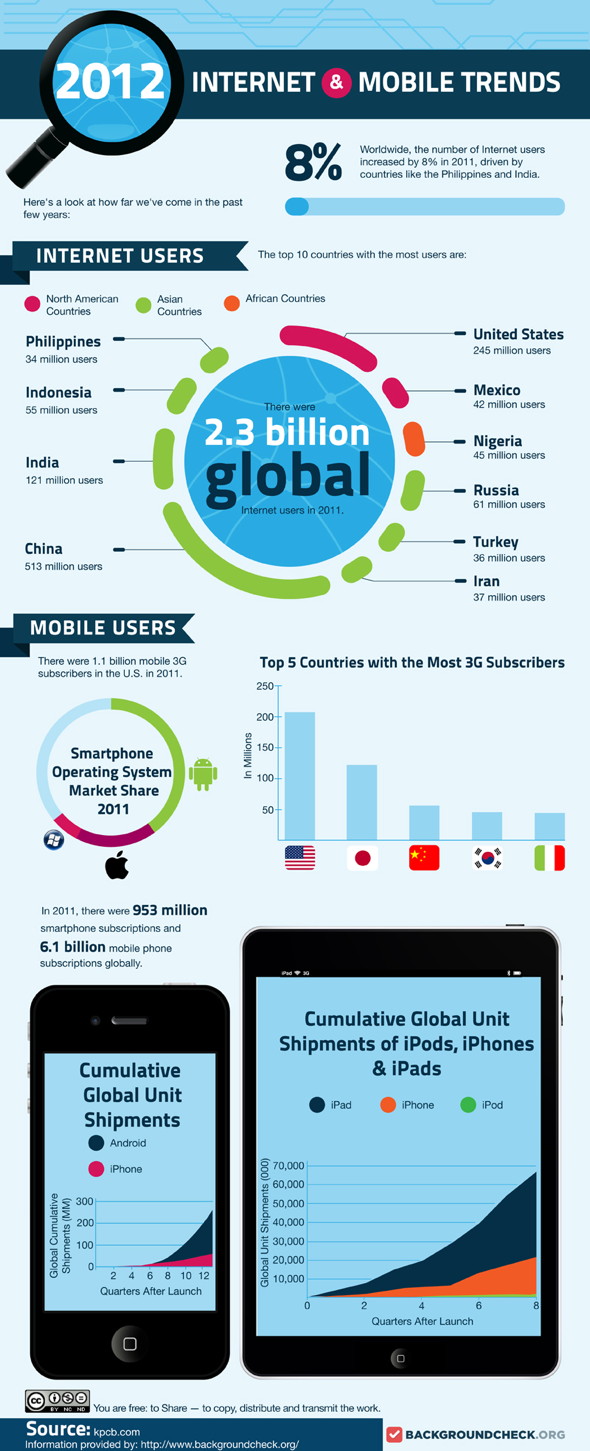Hey, Lufthansa! Not interested in Frequent Travellers?
 There were days when I thought it is better to stay out of the discussions around the changed terms and conditions for Frequent Travellers and lounge access. A long time did my trips hit the airports with the lounges where Lufthansa still values the status of a Frequent Traveller (FTL) as a “superior customer”. “Acces granted for FTL passengers!”
There were days when I thought it is better to stay out of the discussions around the changed terms and conditions for Frequent Travellers and lounge access. A long time did my trips hit the airports with the lounges where Lufthansa still values the status of a Frequent Traveller (FTL) as a “superior customer”. “Acces granted for FTL passengers!”
Now, in just some weeks it happened to me twice that I got the answer: “Access denied for FTL passengers!” I think, it is time to write some words in order to give Lufthansa the chance to reply to all the clutter that goes live on the Web. So, Lufthansa – please listen up.
Amsterdam Schiphol and London Heathrow! In both airports Lufthansa cancelled their contracts with the lounge partners for FTL passengers. However, there are rumours going on that in 2014 when the new Terminal 2 opens, that situation might change. True? Wrong? We don’t know! Lufthansa, is not monitoring or listening it seems.
The lounge access topic might have some financial background. Still, I wonder if Lufthansa knows what kind of economical impact this might cause. Lufthansa, do you believe in the power of Social Media? Seeing your massive activities on social networks I assume you do. But, why do you not answer the conversation that is led by some link in position 1 on Google for the quest: “Lufthansa FTL London Heathrow”? Doesn’t that show how much Lufthansa values FTL passengers? Sorry, Lufthansa! In my eyes, you want to get rid of the FTL status. Correct…?
And let me give you another reason why I believe that. I am just illustrating briefly the situation of a business man traveling around Europe quite often, and in my eyes approx. 50 times is often.
If I am allowed to have access to the lounge, I don’t lose time. Time is money, is efficiency, is essential for doing my business. Access means: No need to find a quite and comfortable place, buy my drinks and food, or ask myself why I pay your Bought Media. Lufthansa, understand that FTL passengers think about the benefit of paying you the extra thousand year-on-year to get to that status?
Amsterdam, London, or anywhere else. The lounge is the main value for FTL passengers to continue flying more often with you than with other airlines. No access to the lounge means, I will fly i.e. British Airways, one of you biggest competitors for the UK region. And there are many obvious reasons for this i.e. in London Heathrow: Cheaper flights, newer terminal, nice gates, better shops with more popular brands, a Fish restaurant, and, and, and… Do I have to continue the list? No? Thank you, Lufthansa, for making my time efficient and my critic spot on. That’s what I want you to understand!
In the end, the “lounge-access-thing” is just a numbers game. I doubt that your stakeholders at Lufthansa is good in understanding how to scale the business. Sorry Lufthansa, but I doubt you are clear about the long-term effect this “multi-level-lounge-access-nonse” might cause. Why? Let me tell you what happens, if I don’t have access to the lounge. Quite frankly…
No revenue for Lufthansa
250,- EUR
Revenue for BA:
170,- EUR
(without tax, petrol & stuff – average deal, booked early in advance, etc.)
Personal or Company Win: 80,- EUR
Result: Me or the company can safe money or be drunk & data addicted (ok, I am…), if I spend that on a bar at the gates in Heathrow!
I don’t believe the lounge rent, my two drinks and one sandwich costs those 80 EUR, right? So, not granting access to lounges for FTL passengers on different airport makes me think whether…
a) Lufthansa is testing whether you kill the FTL status.
b) Lufthansa doesn’t appreciate the money of Frequent Travellers.
c) Lufthansa has not made their business homework.
Lufthansa, please tick!
Taken it from an Earned and Owned Media perspective, I would suggest you know how often people fly with you, how much you could do with that, how you could engage on networks, how this would catalyse your brand perception, what that would do with people usually flying some oither airline, how this scales in sales. If not, contact The Strategy Web and we will tell you how Social Media scales your business, Lufthansa, predominantly if it comes along in a positive way.
Did I make the benefit of lounge access clear to you, Lufthansa? Next time I am flying, I will make sure I get my travel assistant check the lounge access before booking the flight. I cannot believe you are not interested in our business (feeding you), our needs (scaling your business) and our money (enabling acceleration and growth)?!
Gimme some arguments why I shall still fly with you when I am busy…??? Come on, Lufthansa!






 Spot On!
Spot On!
